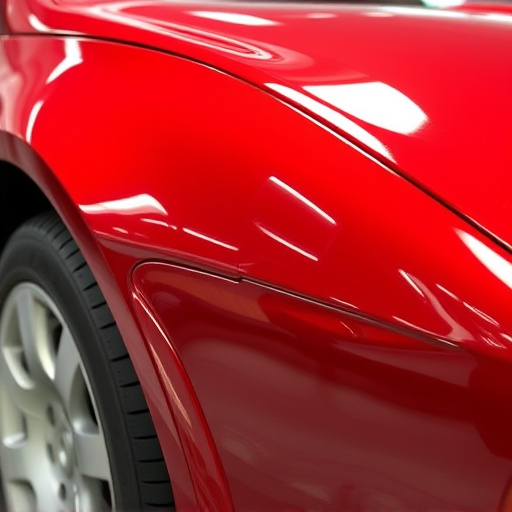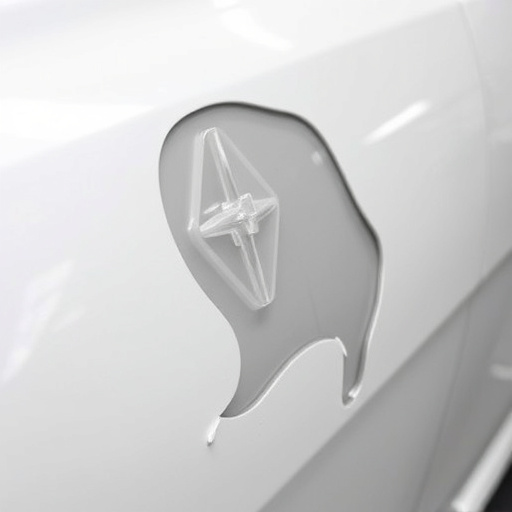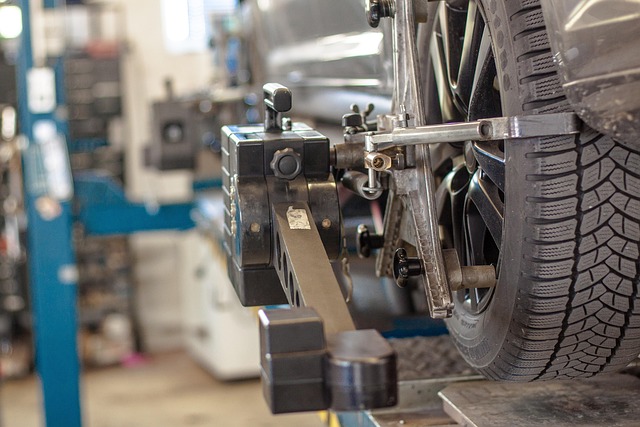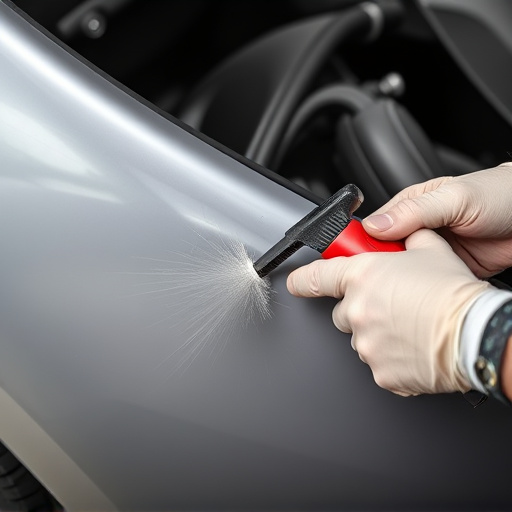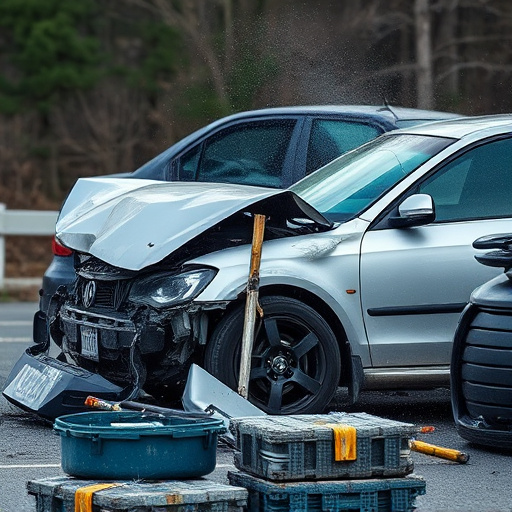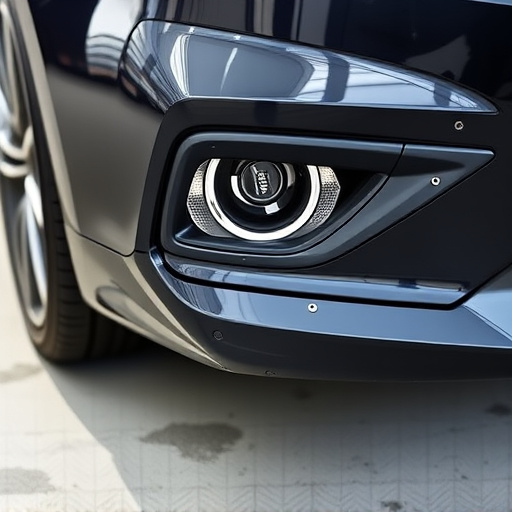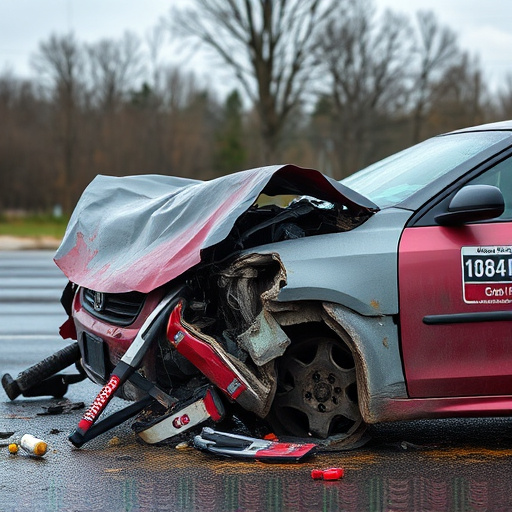Water-based paint technology revolutionizes collision repair, offering faster drying times, reduced odor, and minimal environmental impact. Skilled technicians use advanced materials and techniques for seamless results, enhancing vehicle aesthetics and customer satisfaction. Post-repair assessments through metrics like NPS and surveys ensure quality control and build long-term client loyalty in water-based paint collision repairs.
In the realm of automotive repair, customer satisfaction is a key indicator of success. This article explores the intricate link between customer satisfaction and water-based paint collision repair outcomes. We delve into the understanding of cutting-edge water-based paint technology, its impact on proper collision repair techniques, and the crucial role of customer satisfaction metrics in post-repair assessments. By examining these elements, we aim to highlight best practices for achieving superior results in water-based paint collision repairs.
- Understanding Water-Based Paint Technology
- The Impact of Proper Collision Repair Techniques
- Customer Satisfaction Metrics in Post-Repair Assessments
Understanding Water-Based Paint Technology
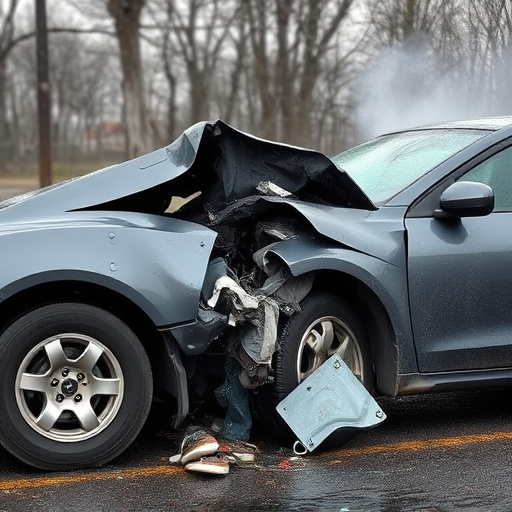
Water-based paint technology has revolutionized the automotive industry, particularly in collision repair. Unlike traditional solvent-based paints that use toxic chemicals for drying and curing, water-based paints utilize water as the primary solvent. This not only makes the painting process more environmentally friendly but also offers superior coverage and bonding strength. The technology involves complex chemical reactions where pigments and resins are suspended in water, creating a smooth, durable finish when applied to damaged vehicle surfaces.
This innovative approach to vehicle repair has several advantages. Water-based paint collision repair is known for its fast drying time, reduced odor, and minimal impact on air quality. Moreover, these paints can effectively hide minor imperfections like scratches and dents, enhancing the overall aesthetic of the vehicle. As a result, many auto maintenance and scratch repair services are now adopting this technology to ensure high-quality, long-lasting outcomes that meet modern consumer expectations for both functionality and aesthetics in vehicle repair.
The Impact of Proper Collision Repair Techniques
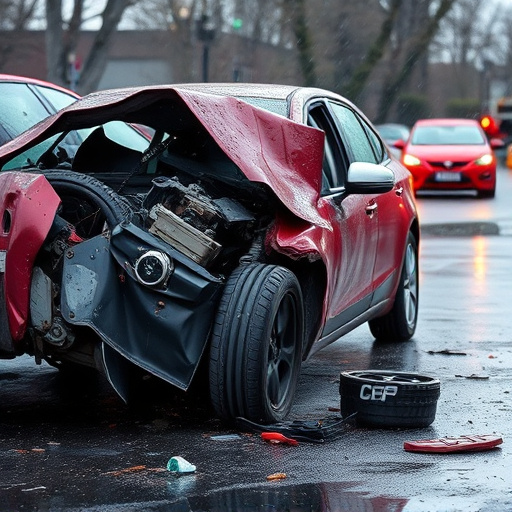
The quality of collision repair techniques plays a pivotal role in customer satisfaction, especially when it comes to water-based paint applications. Modern car bodywork services increasingly opt for water-based paints due to their environmental friendliness and quick drying time. However, precise application and expert craftsmanship are non-negotiable to ensure the restored car bodywork looks as good as new. Skilled technicians at a collision repair center employ specialized tools and techniques to achieve seamless results, matching the original factory finish in both color accuracy and texture.
Proper collision repair not only enhances the aesthetic appeal of the vehicle but also ensures structural integrity. By following meticulous procedures, car bodywork services can minimize paint imperfections like runs, sags, or uneven surfaces. This attention to detail contributes to a higher level of customer satisfaction, as drivers appreciate the meticulous care invested in restoring their vehicles to pre-accident condition. Ultimately, the success of water-based paint collision repair lies in combining advanced materials with expert application techniques.
Customer Satisfaction Metrics in Post-Repair Assessments
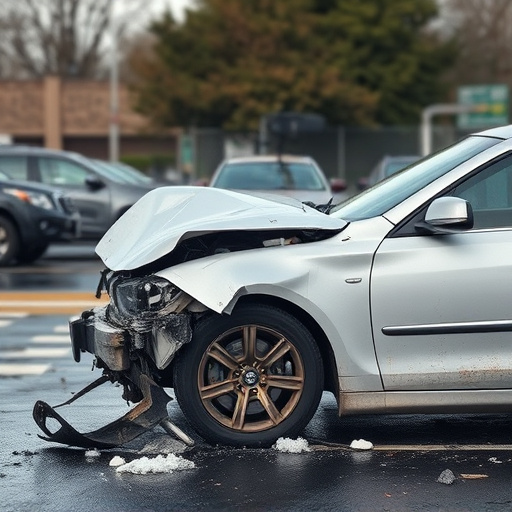
In post-repair assessments, measuring customer satisfaction is an integral part of evaluating the success of a water-based paint collision repair. This involves utilizing various metrics to gauge client experience and the overall quality of the restoration process. One key metric is the Net Promoter Score (NPS), which asks satisfied customers to rate their likelihood of recommending the collision repair center to others on a scale from 0 to 10. Another crucial measurement is customer satisfaction surveys, providing insights into specific aspects like communication during the repair process, timeliness of service, and the final appearance of the car paint repair.
These assessments not only highlight areas where the collision repair center excels but also pinpoint potential bottlenecks in the service delivery. By analyzing customer feedback, the facility can make informed decisions to enhance overall satisfaction levels, ensuring that clients leave with not just a repaired vehicle but an exceptional experience as well, contributing to positive word-of-mouth recommendations for car paint repair and fostering long-term loyalty among customers.
In conclusion, adopting water-based paint technology and adhering to effective collision repair techniques significantly influences customer satisfaction. By understanding the benefits of water-based paint and implementing rigorous repair standards, auto body shops can deliver superior results that meet customer expectations. Measuring and prioritizing client satisfaction through robust assessment metrics ensures a positive experience, fostering long-term loyalty and boosting the reputation of water-based paint collision repair services.

